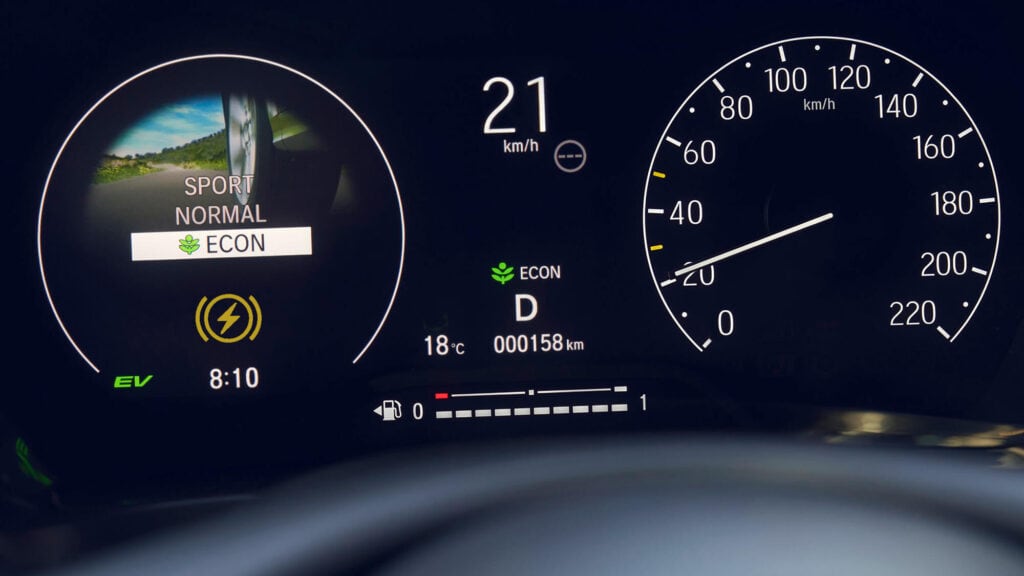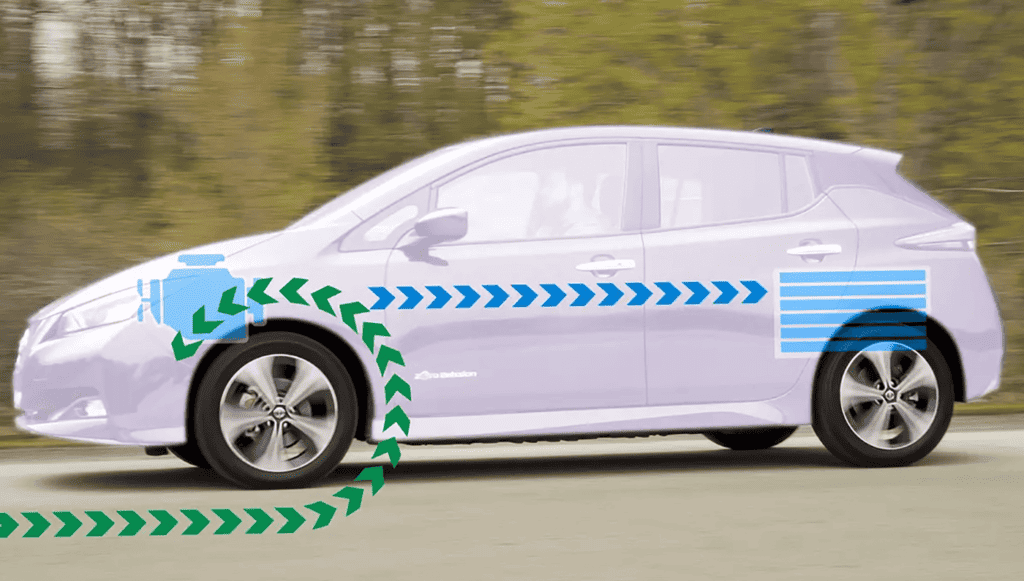Embracing the Future with Regenerative Braking
In the ever-evolving automotive landscape, regenerative braking has emerged as a frontrunner in sustainable driving technology. Not just a fad, this mechanism captures and capitalizes on energy that would otherwise be wasted, propelling us towards a more energy-efficient future.
Understanding the Basics: What Is Regenerative Braking?
In the realm of automotive advancements, regenerative braking stands out as a transformative solution. Traditional braking systems operate on the principle of friction, slowing down the vehicle by converting its kinetic energy into heat. This process, while effective for stopping, leads to significant energy wastage as the generated heat dissipates into the environment. The primary shortcoming here is that once this energy is lost as heat, it cannot be reclaimed or utilized again.
Enter regenerative braking. This innovative system takes a different approach. Instead of allowing energy to escape as heat, regenerative braking harnesses it. As the vehicle slows down, the energy that would typically be lost is captured, converted, and stored back in the vehicle’s battery. This process not only minimizes energy wastage but also has a ripple effect on the car’s efficiency. By continually recuperating energy, the vehicle enjoys an extended battery life and range, making it a boon for electric vehicles and hybrids alike.

Reading the Signs: Decoding the Regenerative Brake System Indicator Light
• Dashboard Display: A specialized light on the dashboard represents the regenerative braking system’s status.
• Active Recuperation: When illuminated during deceleration, it indicates the system is actively converting kinetic energy back into stored energy.
• Potential Issues Alert: Persistent or unexpected illumination could hint at a malfunction or system alert that needs addressing.
• Driver Awareness: Understanding this light ensures drivers are cognizant of the system’s functionality and any potential issues.
Activating the Magic: When and How Regenerative Braking Works
• Kicking In: The regenerative braking system activates primarily during deceleration, harnessing energy that would otherwise be lost.
• Energy Conversion: As the vehicle slows, kinetic energy, rather than dissipating as heat, is captured and converted back into electrical energy.
• Battery Charging: Each braking action may not fully charge the battery, but recurrent recaptures build up over time.
• Pedal Feedback: The brake pedal might have a unique feel or feedback, distinct from traditional braking, signaling the energy recuperation process.
Weathering the Storm: Regenerative Braking in Extreme Conditions
Regenerative braking, with all its sophistication and benefits, still functions within the broader framework of a vehicle exposed to ever-changing environments. The same car could be cruising sun-drenched highways one day and navigating frosty backroads the next. And it’s precisely these variable conditions that can influence the efficiency of regenerative braking.
Cold weather is a notable adversary. As the mercury dips, the efficiency of regenerative braking can wane. Batteries, much like us, prefer moderate temperatures. When it’s too cold, their ability to accept the charge from the regenerative braking system can be diminished. This drop in efficiency isn’t just a numerical dip on a graph; drivers might feel a tangible difference in the vehicle’s response.
Snowy conditions add another layer of complexity. The slick roads and unpredictable terrain can make the feedback from regenerative braking feel different. To maintain control and ensure predictable responses from their vehicles, especially when slowing down or stopping, some drivers opt to lessen the system’s intensity. Furthermore, when the vehicle’s battery is nearing its full capacity, the regenerative braking might not function at its peak, as there’s limited storage available for the recuperated energy. It serves as a reminder that while technology has granted us fantastic tools for sustainable driving, understanding and adapting to external conditions remains a crucial aspect of safe driving.
Limitations and Concerns: Common Issues with Regenerative Braking
• Operational Constraints: The system may not always operate at full efficiency, especially when the battery nears its full capacity.
• Overheating Concerns: Extensive use or certain driving conditions could lead to the system overheating, temporarily disabling its functionality.
• Not for Complete Stops: While regenerative braking aids in slowing the vehicle, traditional braking mechanisms are relied upon for full stops.
• Awareness: Drivers should be aware of these limitations for safe driving and to understand the vehicle’s feedback.
Maintaining the Momentum: Care, Repairs, and Associated Costs
The benefits of regenerative braking are undeniable, but like all systems, it requires regular attention and care to function optimally. It’s much like the health of an athlete; peak performance is maintained through regular check-ups and interventions when necessary. Given the complexity of the regenerative braking system, periodic inspections can detect potential issues before they escalate, ensuring the vehicle’s longevity and optimal performance.
Addressing problems head-on is not just about ensuring the system’s efficiency but also about safeguarding the driver and passengers. Overheating, sensor malfunctions, or system glitches could compromise the braking efficacy, potentially putting safety at risk. And while the financial aspect of maintenance and repairs is a consideration, the costs are often justified by the extended vehicle life, fewer major repairs in the long run, and, most importantly, consistent safety on the road.

User Control: Turning Off Regenerative Braking and Situational Adjustments
The beauty of modern vehicles lies in the control they offer to their drivers. While regenerative braking is a remarkable feature, there are scenarios where a driver might want a different driving experience. Certain terrains or conditions, like snow or mud, could make the vehicle’s response with regenerative braking feel different or less predictable than traditional braking.
Recognizing this, most contemporary vehicles come equipped with the option to adjust the intensity of regenerative braking or even disable it entirely. This flexibility allows drivers to tailor their driving experience based on their comfort and the specific situation. After navigating the challenging terrain, it’s a simple matter to re-engage the system, ensuring the vehicle continues its energy-efficient operation. It’s a perfect blend of innovation and user control, ensuring that drivers never feel out of touch with their vehicle’s dynamics.
Moving Forward with Informed Braking Choices
Regenerative braking is more than just a technological advancement; it represents a step forward in sustainable driving. By understanding its intricacies and maintaining the system, drivers can enjoy a safer, more efficient ride. For those in Canada seeking expertise on this or any vehicle-related system, Uchanics mobile mechanic services are always at your service, ensuring you stay informed and on the move. Safe travels!
